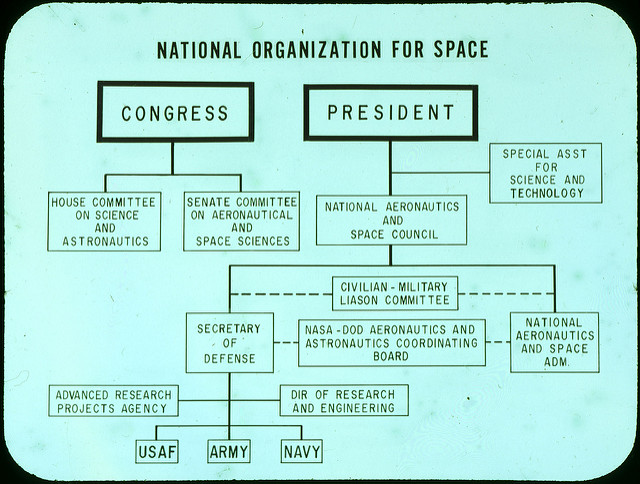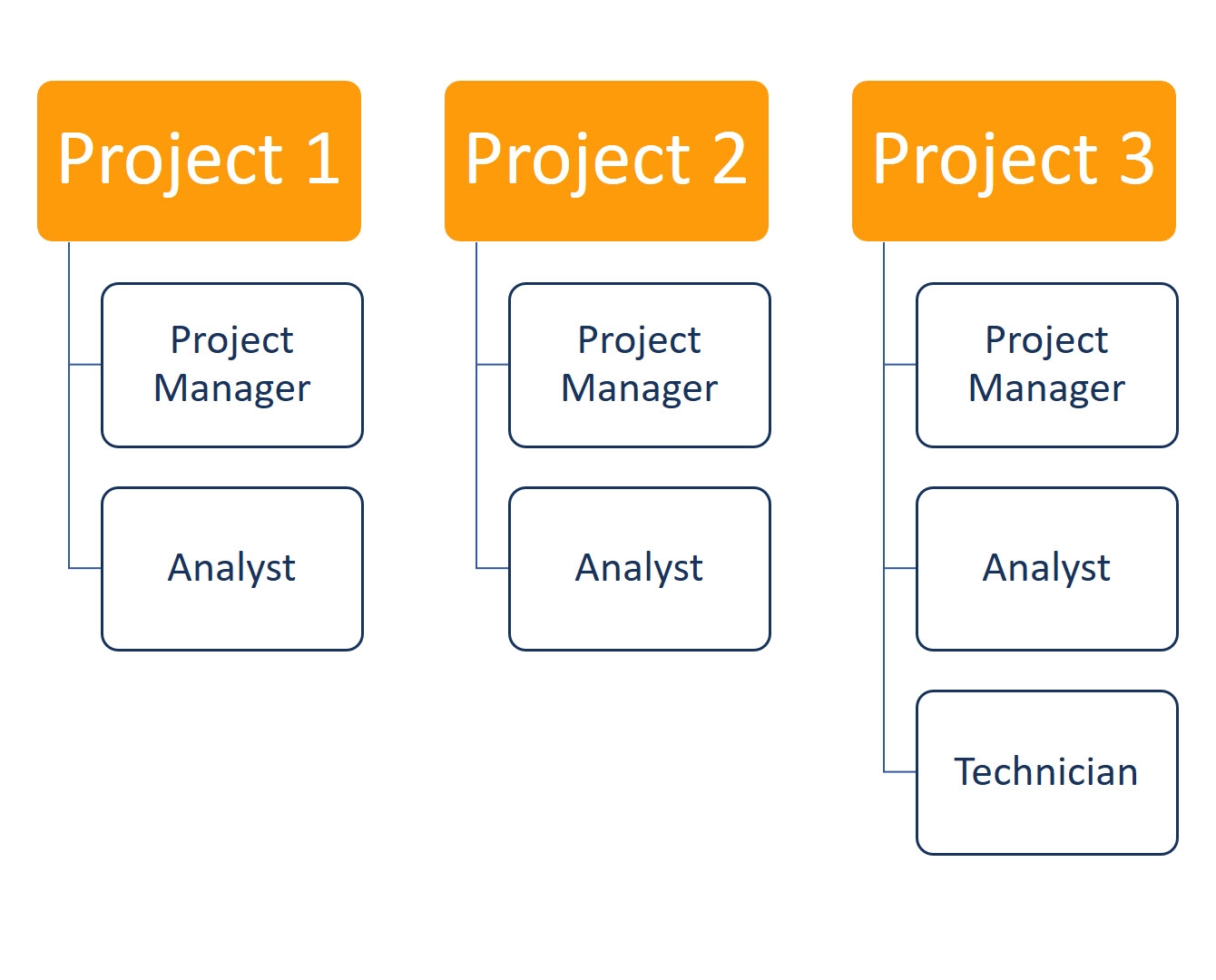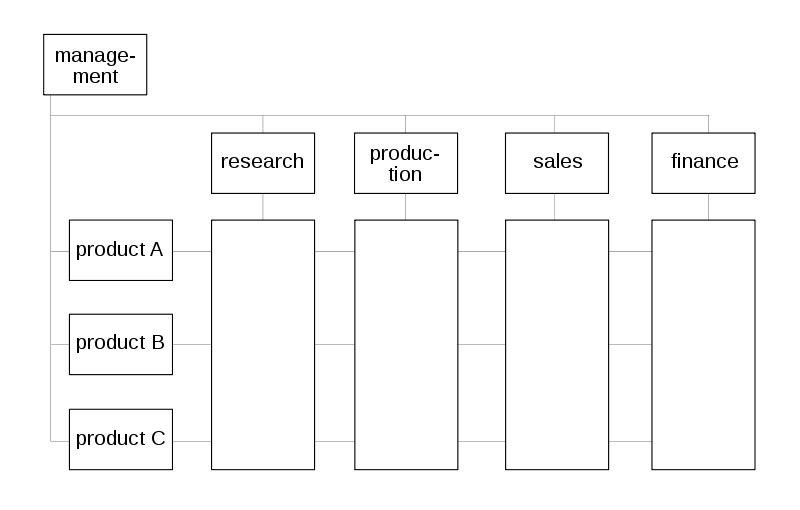 Organizational structures are one of the core elements that fall into consideration when measuring the influence of environmental factors in project management: they can seriously affect resource availability and determine the style of project management.
Organizational structures are one of the core elements that fall into consideration when measuring the influence of environmental factors in project management: they can seriously affect resource availability and determine the style of project management.
Although in the real world each company follows its own idiosyncratic organization, tradition has three types of organizational structures, which we illustrate with graphic examples -some real, some generic.
With ITM Platform your organization can adapt to any organizational structure, try it now for free.
Functional structure
Functional structures are a classical hierarchy structure in which each employee has a clearly-defined superior. At the highest level, the company is organized according to a function-based approach (accounting, engineering or production, for example). Members of the workforce only respond to a superior from their own department and so look for a direct line of communication between the lower and higher levels. Each area can be subdivided into more specific functional units. Each department undertakes work and activities on a project independently, with the projects framed by the functional areas of the organization. Within this type of structure, projects requiring various different departments tend to encounter greater difficulties during development as they cut across the organizational structure and no specific position is recognized for the project manager.
Projectized or project-based structure

A simplified model of projectized organizational structure
In this case of organizational structure, the organization has a similarly hierarchical approach with limited interaction across its sections. However, projects are assigned to a fully equipped team and to a project manager, who occupies a high rank within the organizational chart and has subordinates report to him. In fact, it’s not uncommon for project teams to be consolidated into departments headed by a project manager.
It’s easy to see that this is a very simple (even simplistic!) organizational structure with powerful limitations, like the severe issues in knowledge transfer across projects. Whenever this structure is adopted, it’s important to also implement functional algorithms designed with the intent of negotiating trade-offs between projects. As these compete for limited financial and non-financial resources, scenario-based project prioritization can help strike the best balance for the organization based on objective data.
Matrix structure:

Matrix organizations combine the vertical (functional) axis with the project (horizontal) axis
Among all the organizational structures, matrices are very common in service providers and fast-growing organizations that manage multiple projects at the same time. Matrices have commonalities with both functional and project-based structures, and depending on the exact balance of one over the other there can be three types:
-
Weak matrix structure: this is very similar to a functional organization, with the role of project manager as a coordinator or facilitator; in other words, this person both helps and coordinates, meaning they are unable to take personal decisions but can interact with all the functional areas involved in the project.
-
Balanced matrix structure: project managers have with greater autonomy than in a weak matrix structure but who is not given full authority over the project, especially its funding.
-
Strong matrix structure: this shares many characteristics with projectized organization because it has a full-time project manager and administrative team without that necessarily changing the functional structure. Project managers have full authority over their projects and act at the same level as those in charge of the functional areas.
Choosing organizational Structures
In spite of the fact that matrix structures are highly correlated with more mature organizations, it’s important to be unbiased about which organizational structures might be a better fit for each situation. In certain organizations with a lean approach to management a purely project-based structure may work perfectly. In the end, the nature of the activity, objectives, corporate culture and the demands of new customers will have a strong say over which structure should be chosen.

